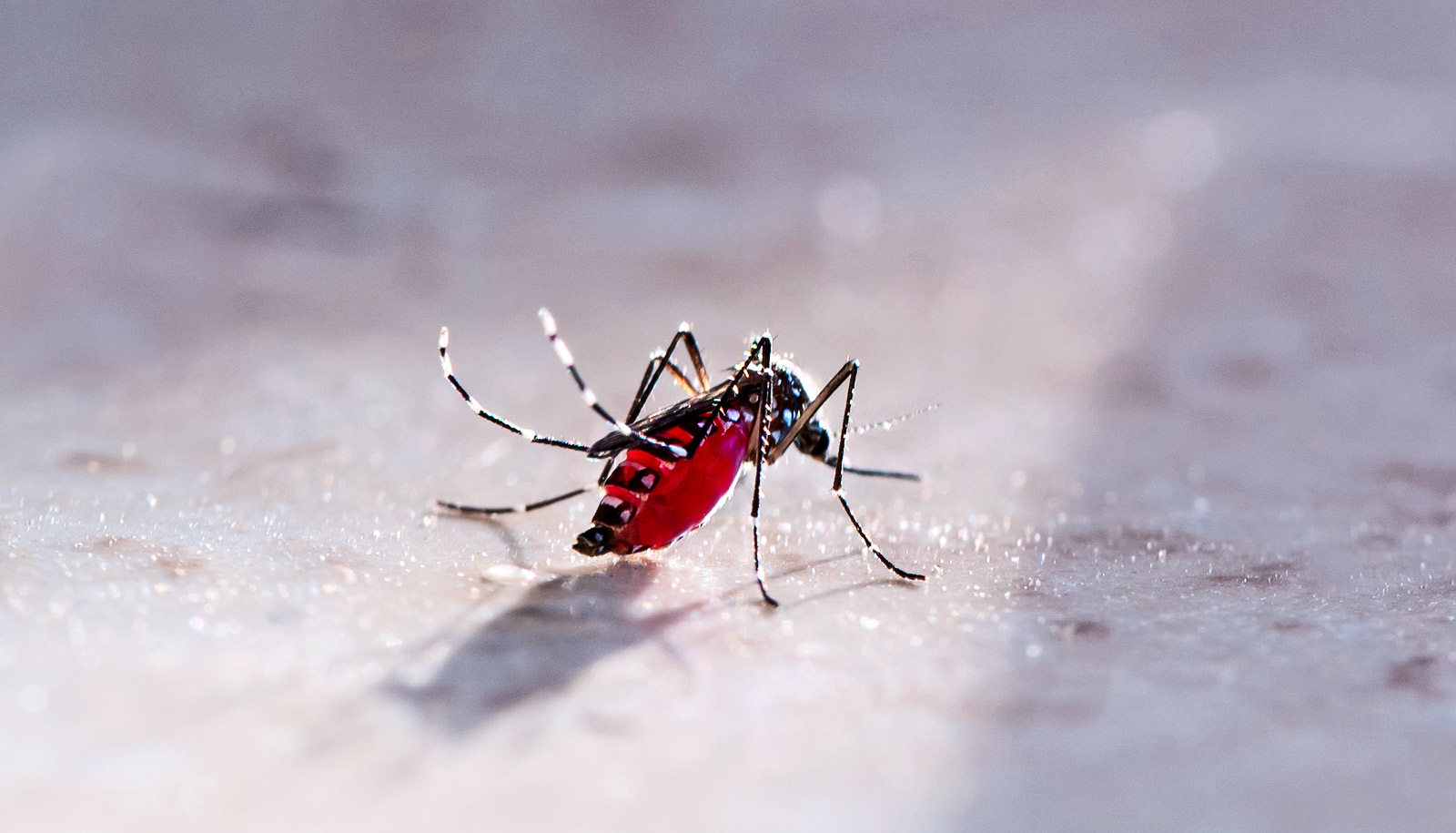Florida residents felt more susceptible than others in the United States to getting the Zika virus in 2016, were more knowledgeable about it, and were more likely to support taking community action against it, according to a new study.
Floridians were nearly twice as likely as non-Floridians to say they took steps to protect themselves from Zika. Whether or not they felt personally susceptible to getting the virus, Floridians reported acting in greater numbers than their non-Florida counterparts.
Even so, fewer than half actually took any preventive measures.
“People need to understand that by protecting themselves from the virus, they’re protecting everyone from the virus.”
The new study comparing the response to the Zika outbreak of adults in Florida with those living elsewhere in the United States suggests that greater community-level education may be needed to trigger a broader response to a public health threat such as Zika.
“People need to understand that by protecting themselves from the virus, they’re protecting everyone from the virus,” says Kenneth M. Winneg, the managing director of survey research at the Annenberg Public Policy Center (APPC) of the University of Pennsylvania and lead author of the study, which appears in Risk Analysis.
“It’s not enough to have the people who are most at risk protecting themselves. You need the entire community involved,” Winneg says.
The researchers based their study on nationally representative surveys by APPC of more than 12,000 US adults, with an oversample of Florida residents, taken August 8 to October 3, 2016. The researchers conducted the The Annenberg Science Knowledge (ASK) surveys after the Florida Department of Health identified the first locally transmitted cases of Zika infection in the United States in Miami-Dade and Broward Counties.
Most people who are infected with the virus don’t show symptoms. For those who do, the symptoms are usually mild and gone within a week. Nonetheless, researchers say that Zika virus infection poses “unprecedented challenges to public health” as the first mosquito-borne illness that causes birth defects in infants through perinatal transmission and as the first mosquito-borne illness to be sexually transmitted.
Because the Zika virus can be passed to a fetus, pregnant women are especially at risk. Zika can cause microcephaly and other severe fetal brain defects, according to the CDC. Guillain-Barré syndrome, which has symptoms of muscle weakness and sometimes paralysis, usually for weeks or months, is also strongly associated with Zika, the CDC says.
The study shows that Floridians were more informed about Zika, more approving of control measures, and more active in taking steps to protect themselves in several ways:
- Floridians were more than twice as likely as non-Floridians to express at least moderate feelings of susceptibility or being at risk of infection by Zika in the next six months (37 percent vs. 16 percent).
- Floridians were slightly more likely than non-Floridians to know that the Zika virus is transmitted by mosquitoes (84 percent vs. 82 percent) and by sexual transmission (66 percent vs. 61 percent) and to know that coughing and sneezing is not a means of transmission (67 percent vs. 64 percent).
- Floridians were more likely than non-Floridians to know that Zika doesn’t always produce noticeable symptoms (55 percent vs. 50 percent) and to know that a severe birth defect was a consequence for babies born to infected mothers (76 percent vs. 71 percent).
- Floridians were more supportive than non-Floridians of aerial spraying (74 percent vs. 67 percent), ground spraying (87 percent vs. 80 percent), and using genetically modified mosquitoes to control Zika (62 percent vs. 58 percent).
- Floridians were almost twice as likely as non-Floridians (45 percent vs. 26 percent) to say that they had taken steps in the prior three months to protect themselves from Zika.
- More Floridians who felt at risk of Zika reported taking action to protect themselves than non-Floridians who felt at risk (58 percent vs. 41 percent). And a greater number of Floridians reported taking action than non-Floridians despite not feeling susceptible (38 percent vs. 22 percent).
Although more than 8 in 10 Floridians knew about Zika virus and knew that mosquitoes were a likely form of transmission, more than half of Floridians (55 percent) took no preventive action, the study shows. Even Florida households with a member who was at risk of an adverse pregnancy outcome did not take any more action than comparable non-Florida households.
Who’ll get the Zika vaccine? Depends on these factors
Over the eight weeks of the Zika study, Floridians did not report significant increases in knowledge, susceptibility, or preventive strategies, the study reports. To overcome such inertia, future efforts to combat Zika may need more outreach to communicate the severe risks to community members such as microcephaly and Guillain-Barré syndrome, researchers say.
In addition, researchers say people need to receive education to understand the wider community implications of their action or inaction.
“Many people may not have expected the symptoms to be personally harmful, and this might have reduced the response to Zika,” says coauthor Dan Romer, APPC’s research director. “But people need to know how important it is to get rid of standing water, put up screens, and use insect repellent—the steps necessary to combat the ability of mosquitoes to transmit the infection. You need a larger community response to prevent the spread of a new transmissible infection like Zika.”
Zika outbreak in U.S. could cost $1.2 billion
Other researchers at APPC and at the Centers for Disease Control and Prevention contributed to the work.
Source: Penn



